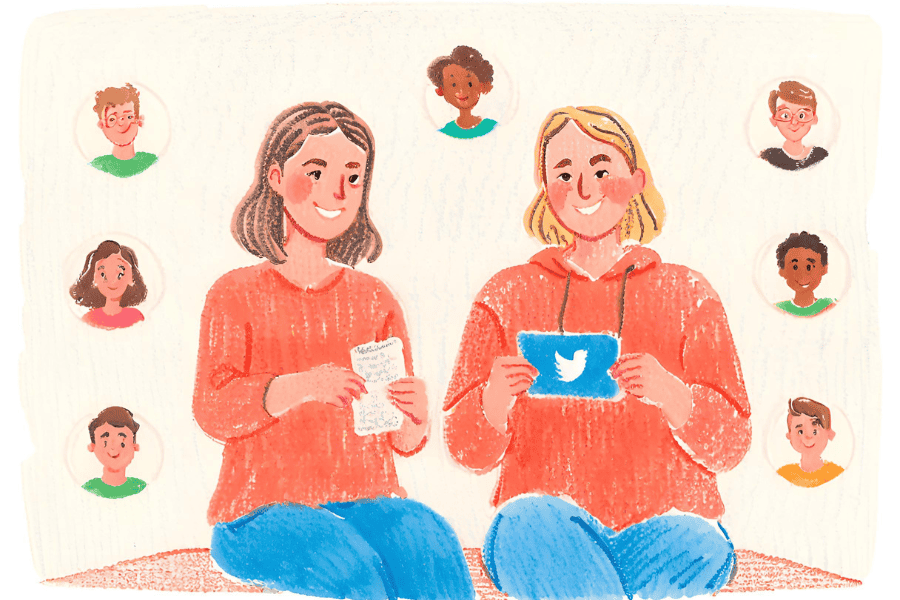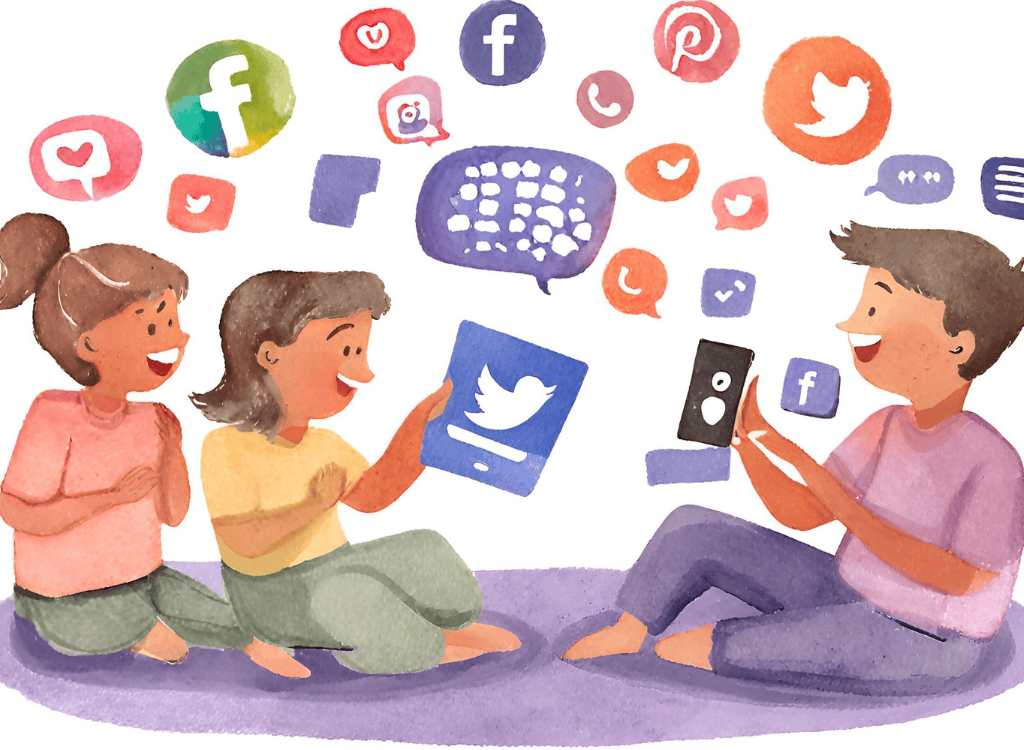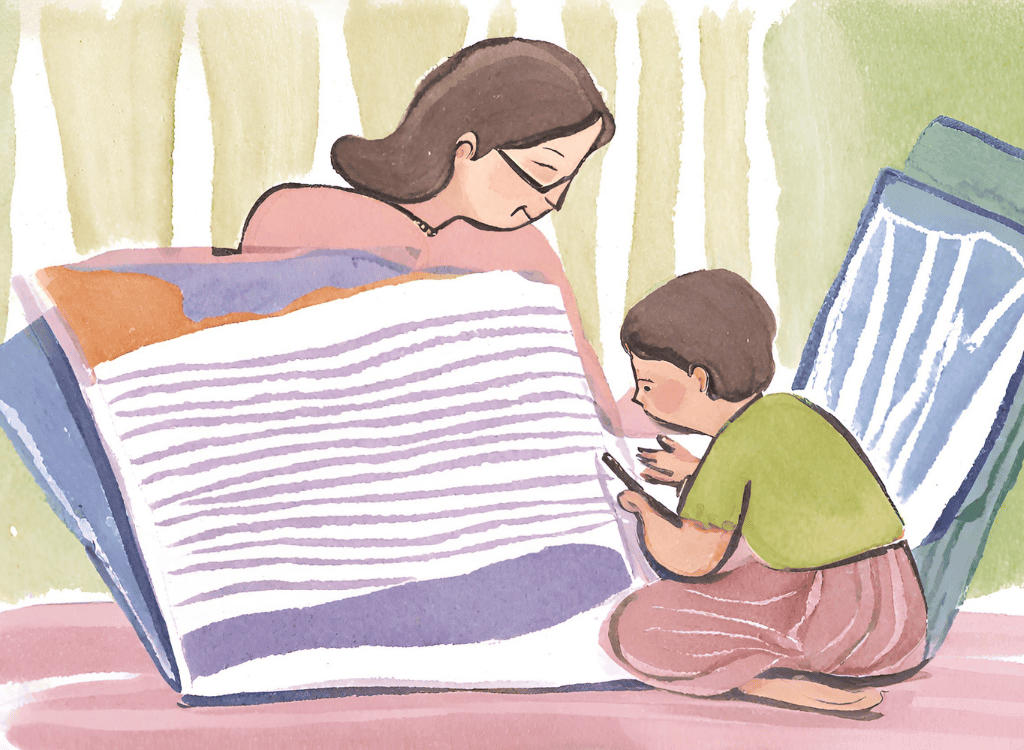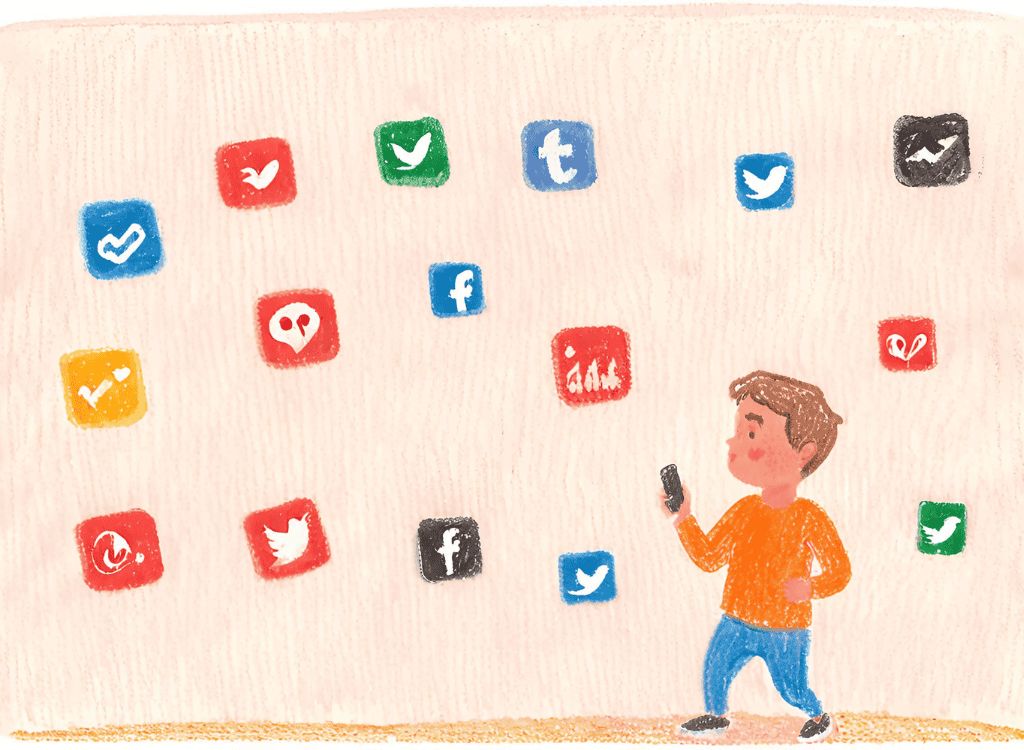A Comprehensive Social Media Safety Guide for Concerned Parents

Average Reading Time: 10 min.
Quick Summary
- Children being active on social media from a young age brings many benefits in terms of global knowledge access and socialisation.
- Of course, this also presents various risks to them in rapidly consumed video content like TikTok, Snapchat, and Instagram Reels.
- Each of these platforms offers many different parental control features, especially since they target different demographics!
- Protecting your children from these risks and fostering healthy digital habits isn’t hard. Open communication and parental controls will be there to support concerned parents.
Today, the use of social media starts at a very young age. Children of the digital age begin creating their own profiles and sharing content from school age. While this provides them with new friendships, knowledge, and fun moments, it also brings numerous risks. That’s where the importance of social media safety comes into play. No matter how closely parents engage with their children, they might not be able to monitor all of their online activities. Therefore, in this article, we’ve compiled how social media safety can be ensured for young people and the risks that can be encountered on various social media channels. Additionally, in this comprehensive social media safety guide, you’ll find social media safety recommendations for parents.

Benefits and Risks of Social Media
To ensure safety on social media platforms, it’s essential to understand how these platforms affect children’s mental development and the risks that need to be avoided:
Benefits of Social Media
Opportunity for Socialisation: Children can stay in touch with friends and family members, maintaining relationships even from a distance.
Informative Content: Many platforms offer content that can expand children’s general knowledge and help discover their interests. There is valuable content on social media.
Creativity and Freedom of Expression: With the chance to create new visual and video formats, children can showcase their creativity and have a space to express their opinions freely.
Awareness and Staying Current: Social media provides a window into global events, allowing users to stay informed.
Risks of Social Media
Cyberbullying: Anonymous accounts and negative user comments can adversely affect children’s psychological development. Like adults, children can become the target of aggressive comments and messages or may exhibit bullying behaviours themselves.
Privacy and Security: Without the correct settings, personal information can be stolen and misused.
Screen Addiction: Excessive use of social media can lead to screen addiction. It can also negatively impact children’s physical health and real-world social relationships.
Information Overload: The spread of fake news or harmful ideologies can mislead and negatively influence young minds.

An Overview of Risks on Popular Social Media Platforms
Snapchat
Snapchat is an app widely used by young people today. It allows users to share videos and photos that are only visible for a short time. For more information on Snapchat and how it’s used, you can read our article “What is Snapchat and How is it Used?”
Main risks of Snapchat include:
Misleading Privacy Perception: Believing that messages are only visible for a short time and then disappear can push youths to share riskier content. However, recipients can take screenshots and share the content with others.
Location Privacy: Features like “Snap Map” that allow your child to share their real-time location can pose personal safety issues if privacy settings are not correctly established.
Harmful Content: Some stories and filters on Snapchat can distort youths’ perception of reality. This can lead especially to insecurities regarding physical appearance or expose younger children to violent and negative imagery.
TikTok
TikTok is a social media app popular among the youth that allows users to create and share videos up to 3 minutes long. Due to concerns over data privacy and its impact on a younger audience, the app has been a subject of many debates. For more detailed information on this, you can read our article “What is TikTok? How is Parental Safety Ensured on TikTok?”
Main risks of TikTok include:
Continuous Content Consumption: TikTok’s endless scroll feature can keep users on the app for hours, leading to screen addiction.
User Age: TikTok’s algorithm works by presenting videos similar to what users have previously watched. This can expose younger children to inappropriate content.
Privacy and Security Discussions: Concerns about how user data is collected and used have raised questions about TikTok’s privacy policies.
Viral Challenges: Occasionally, dangerous or harmful “challenges” go viral on TikTok. Youngsters may participate in these challenges for popularity or recognition, leading to physical or emotional harm.
Reddit is a website/app founded by Steve Huffman in 2005, aiming to foster and support communities. If you wish to understand the risks that might arise from Reddit and how to guide your child who spends considerable time on it, you can read our article “What is Reddit? How is Safety Ensured on Reddit?”
Key risks associated with Reddit include cyber security threats and inappropriate content due to its anonymous environment.
Reddit allows for the highest level of anonymous usage among social media platforms. Users can sign up with completely different pseudonyms and comment on various posts. The platform contains “subreddit” topics divided by interests and moderated by platform administrators. However, due to the vast number of users, there’s a risk of encountering inappropriate content within these channels. Being a platform that allows both text, as well as visual and video sharing, any harmful content your child might consume can pose risks for their psychological development.
Meta’s globally popular application, Instagram, has become a platform defining the interests, likes, and trends of young people today. It also plays a significant role in the initiation of new friendships. For this reason, it’s one of the platforms where social media safety for young people should be emphasised the most. Instagram’s parent controls, set by the platform itself, are often used. To learn about these controls, check out our article, “What is Instagram? How is Instagram Parental Safety Achieved?”
While these controls take crucial steps regarding your child’s privacy, Instagram still harbours certain risks due to its extensive interaction capabilities. Since Instagram allows users to share both video and visual content with texts, make sales, and send direct messages, its engagement rate is high. Instagram Reels, like TikTok, suggests new videos based on previously watched content. Most notably, individuals becoming “influencers” through Instagram makes the content of such influencers crucial in terms of social media safety.
Social Pressure and Comparisons: By its nature, Instagram is a platform where everyone shares their perfect photos and tries to capture the best moments of their lives. Consequently, especially the accounts of prominent personalities create a “perception of perfection”. This can damage children’s personal development and self-confidence.
Advertising and Consumption Pressure: Influencers on Instagram often earn through advertising agreements. Thus, each influencer promotes various brands daily in line with their interests and expertise. Some of these adverts may lead to genuinely beneficial products and content, while others might not be suitable for your child. This can also risk budget control by creating consumption pressure.
Inappropriate or Harmful Content: Although Instagram is open to users of all ages, there’s a risk of encountering inappropriate or age-sensitive content.
One of the topics that can be evaluated within the scope of social media safety for children is screen addiction that might arise from Instagram’s Reels videos, which, like TikTok, are short and rapidly consumed. Moreover, users can easily communicate via direct messages on the app. This can expose children to strangers and their malicious messages.
YouTube
Perhaps topping the list of platforms that worry parents regarding social media safety is YouTube. With its millions of global users, uploading and watching videos on YouTube is entirely free. This makes YouTube an unlimited resource with diverse content, inevitably making it harder for parents to monitor their children’s usage.
Like on Instagram, there are many celebrities on YouTube who recommend various products and services daily through their channels. In this context, YouTube can be said to house a wealth of information, potentially putting younger children at risk of overconsumption.
However, YouTube also contains countless educational materials beneficial for younger children’s cognitive development. It offers many opportunities for children to familiarise themselves with the digital world and consume age-appropriate educational content. Thus, these social media channels aren’t just potential dangers but also realms to be explored for children.

Methods to Determine Which Social Media Applications are Suitable for Your Child
Age is a critical factor, especially for younger children’s internet usage. Children might want to use the platforms where their peers are due to societal influence. Yet, the age at which they should start using these platforms is vital for staying safe on social media. Here are steps parents can follow to correctly introduce their children to the digital world:
Check the Age Limit of the Applications: Many social media platforms set restrictions to prevent users below a certain age from registering. The minimum age limit is 13 for many popular platforms.
Examine the Content of Social Media Platforms: By understanding the primary purpose and content of a platform, you can decide if it’s appropriate for your child.
Research the Privacy Settings of the Applications: It’s essential to see what information is shared and with whom. Determine the best settings to protect your child’s privacy.
Social Media Tips For Parents
Ensuring safety on social media is another aspect of keeping your children secure. While it’s feasible to keep children away from risks until a certain age and allow them to use social media at the appropriate age, it will be impossible to isolate them from the digital world forever. At this juncture, you can monitor and control your child’s movements in the online realm through your communication method and the professional support you can get externally.
Nutcracker assists you in tracking step by step how your children spends time when they online, even when you’re not present. Check out Nutcracker now.
And here are some more social media safety tips for parents;
Believe in the Power of Open Communication:
As you monitor your child’s internet habits, it’s crucial to maintain a trusting relationship. You can be transparent about the risks they might face on social media and your concerns. Instead of direct prohibitions, discuss your reservations and determine the boundaries together. This approach will foster trust in the long run and is one of the main rules of social media safety for teens.
Review Your Privacy Settings:
Go through social media privacy settings together. Ensuring profile information isn’t public and that shared posts are only available to friends can enhance your child’s safety.
Review the Friend List:
Regularly check your child’s friend list to avoid the risks of explicit content sharing and harm from strangers.
Monitor Posts:
Similarly, your child’s posts, even if unintentionally, can pose risks in the digital environment. To ensure information security and prevent cyberbullying, you can follow your child’s social media posts, offering advice when needed.
Limit Social Media Usage Time:
Screen addiction, especially among children who enjoy watching video content, can adversely impact academic performance. One of the best ways to avoid this is by using parental control systems. Limiting screen time can prevent potential screen addiction caused by social media accounts. This allows your child to watch age-appropriate content at specific times of the day, leaving you with the pleasure of spending quality time together.

